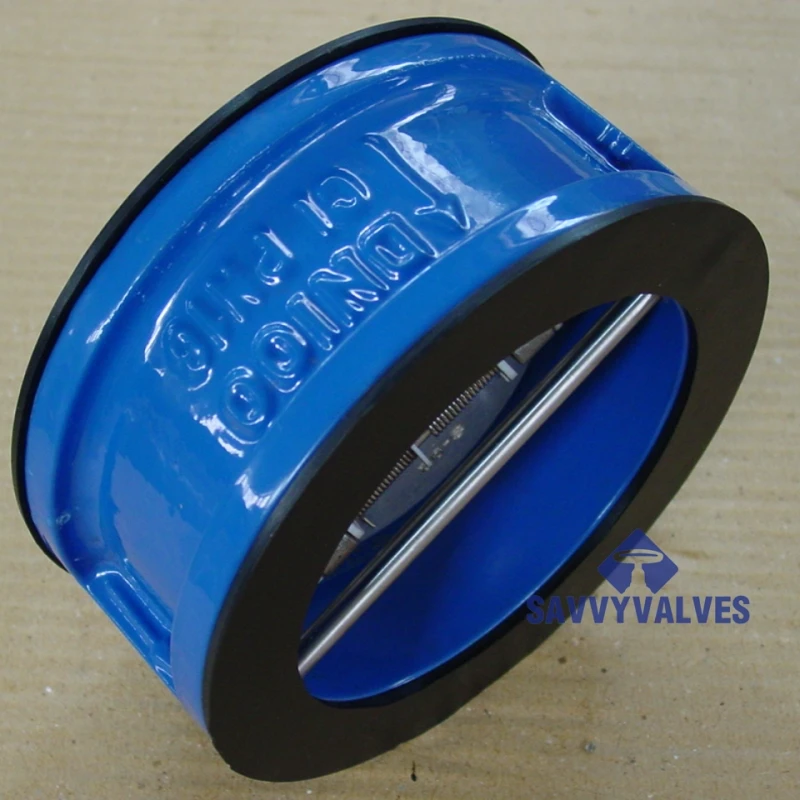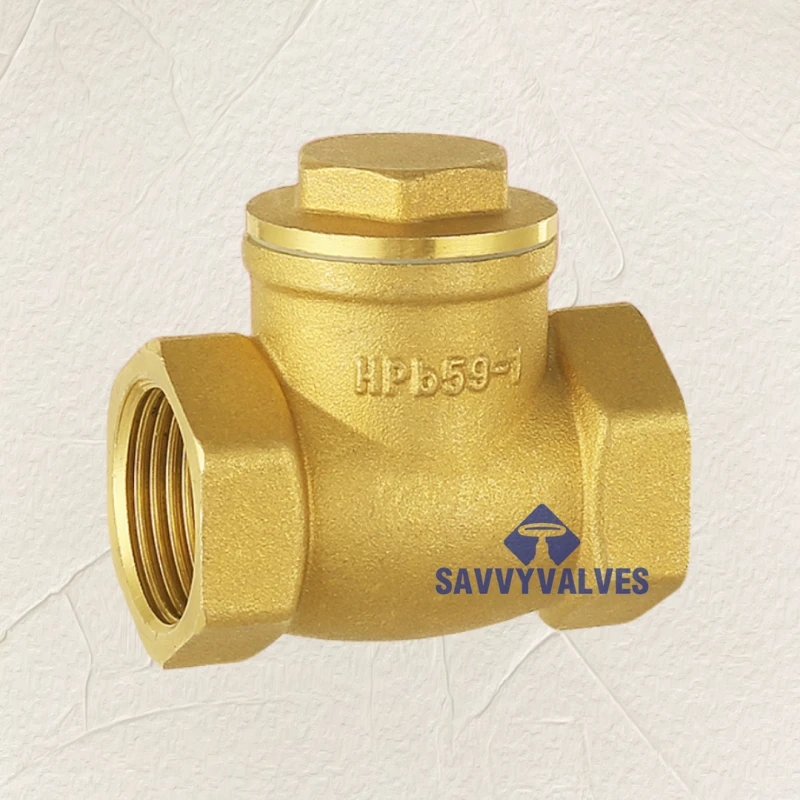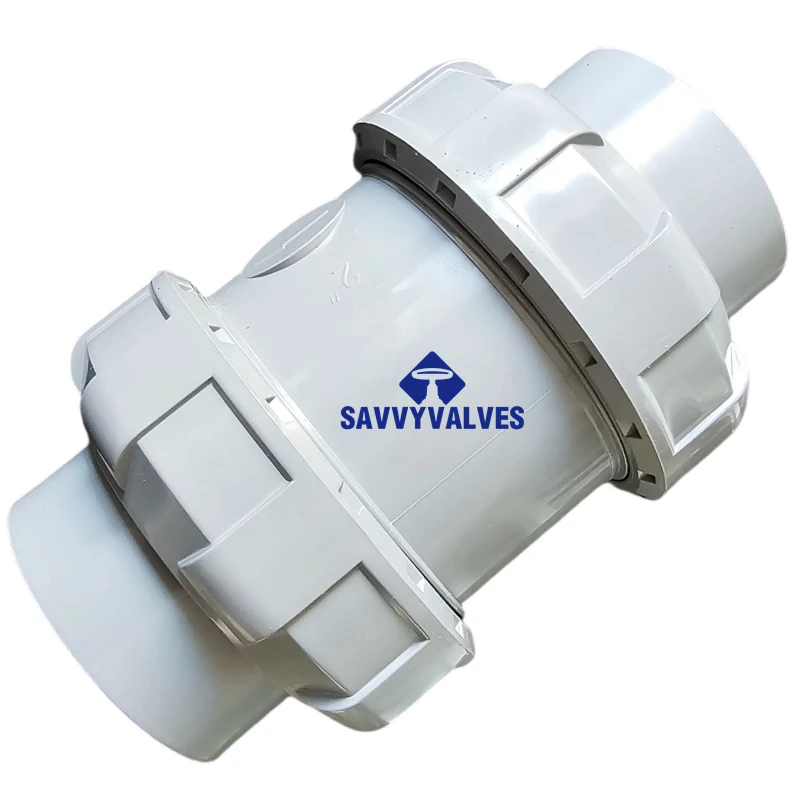válvulas de retención
-
LA FOTO MUESTRA LAS ESPECIFICACIONES A CONTINUACIÓN
TAMAÑO: DN100
CLASIFICACIÓN: PN16
CUERPO Y BONETE: ASTM A536 65-45-12
DISCO: ASTM A536 65-45-12
EJE: 416SS
ASIENTO: EPDM
-
LA FOTO MUESTRA LAS ESPECIFICACIONES A CONTINUACIÓN
TAMAÑO: DN25
CLASIFICACIÓN: PN16
CUERPO Y CAPÓ: LATÓN
DISCO: LATÓN
VÁSTAGO: LATÓN
ASIENTO: LATÓN
-
Tipo: Válvula de retención de bola flotante de unión verdadera de 2 vías
Operación: Autoactuante (no requiere accionamiento externo)
Norma de diseño: ASTM D1784 (norma de material CPVC)
Conexión final: casquillo (cemento solvente para tuberías de CPVC)
Tamaño: 2” (DN50)
Clasificación de presión: 150 LB (adecuada para sistemas de tuberías CPVC)
Rango de temperatura: -20 °C a +120 °C
A check valve, also known as a non-return valve, is a type of valve that allows fluid or gas to flow in one direction only, preventing backflow that could damage equipment or disrupt system performance. It operates automatically and doesn’t require manual or external control. Inside the valve, a disc or similar mechanism opens when fluid flows in the intended direction and closes if the flow reverses. There are several types of check valves, such as swing, lift, ball, and diaphragm types, each designed for specific applications or media. For instance, swing check valves are commonly used in water and wastewater systems, while lift check valves are more suitable for high-pressure lines. Check valves are critical in protecting pumps, compressors, and pipelines from backflow damage, maintaining pressure, and preventing contamination. Their simple, self-operating design makes them ideal for both industrial and domestic use, especially in systems where reliability and safety are essential.
- 1
- 2



